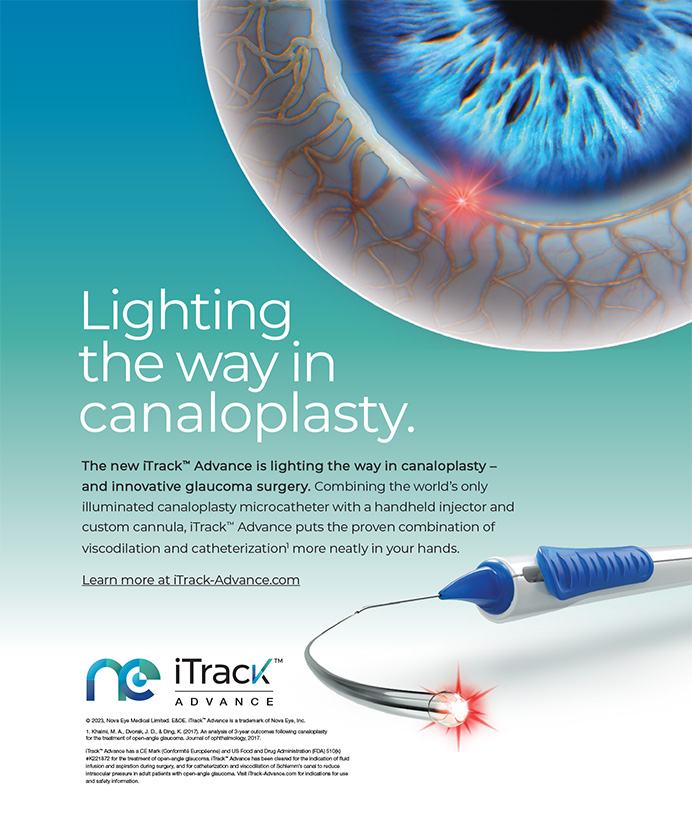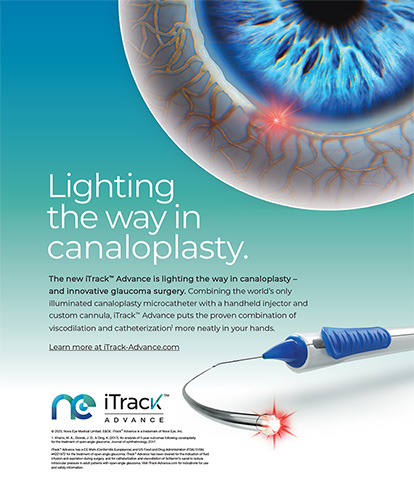
"This is an exciting time to be in ophthalmology. There are many advances in a variety of areas and new innovations in modes of drug delivery, both for treatment of ocular conditions such as glaucoma and for use in the postoperative period. Additionally, a variety of new IOL models—especially for treatment of presbyopia—that include customization are in the pipeline. The future is so bright, and I’m happy to be an ophthalmologist!”

"I believe that IOL technology will further innovate as we continue to aim for precision in cataract surgery. Adjustable lenses are an exciting new frontier because they would allow us to further refine the lens once it is in the eye, providing the potential for better outcomes. However, in the near future, I am excited about getting approved trifocal IOLs in the United States."

"Here are my top three predictions for the technologies that tell us where ophthalmology is heading:
- Artificial intelligence. The use of sophisticated software has demonstrated its ability to rival humans in the identification of retinal disease. This is the tip of the proverbial iceberg.
- The femtosecond laser. This device has eclipsed the microkeratome and will one day be the way that all cataract surgery is performed. By the way, I think that robots will soon be doing the surgery.
- Electronic health records. The ability to generate big data will become more prevalent."

"I am excited about the continued advances in femtosecond laser technology as it relates to corneal transplantation. Updates in laser precision and cutting ability, combined with OCT-guided imagery, will significantly improve the way we can perform keratoplasty.”

"Collaboration between physicians, engineers, and physicists has been instrumental in yielding fruitful and enhanced visual outcomes for our patients. As our familiarity with the physical world evolves, so does our understanding of how to adjust, manipulate, and control it. For these reasons, I strongly believe the future of ophthalmology is bright, with innovative technologies such as trifocal and light-adjustable IOLs. In 10 years, wouldn’t it be interesting if we considered monofocal lenses to be archaic?"




